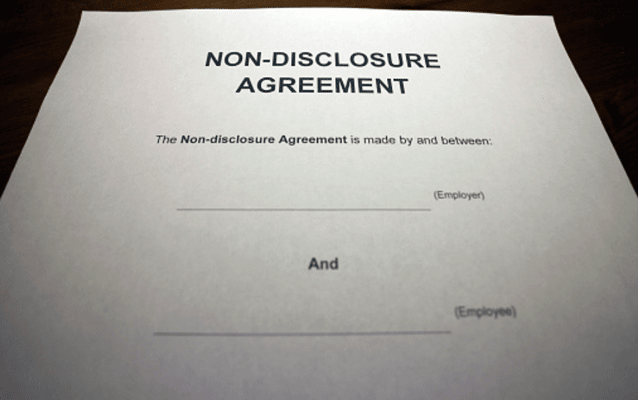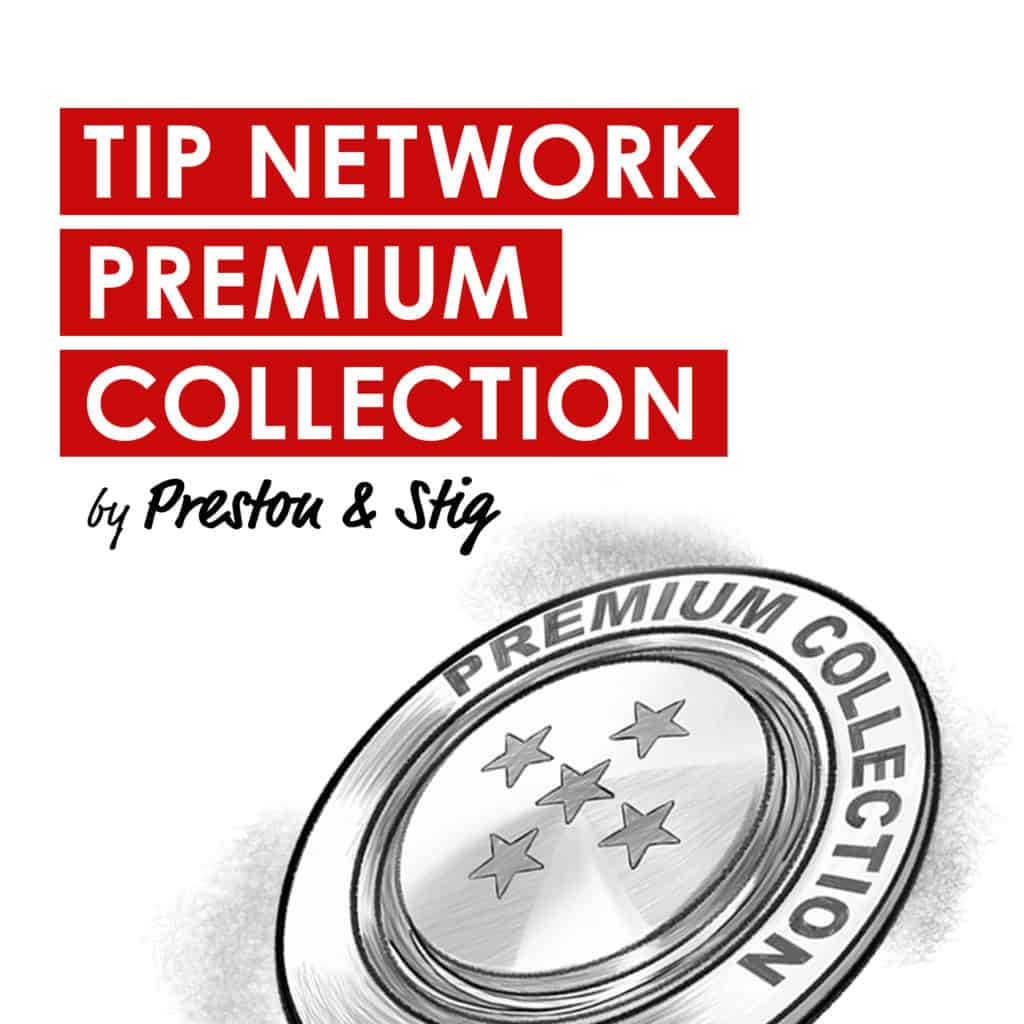5 KEY CLAUSES TO INCLUDE IN YOUR NON-DISCLOSURE AGREEMENT
Non-disclosure agreements (NDA) have become commonplace in the world of business. The only disadvantage of this legally binding document is that it is not always constructed properly, leaving it open to disputes in the courts. Companies use NDAs to secure the privacy of their intellectual and industry secrets that need to be protected.
If your NDA is not written with the proper material, it won’t give you the protection to maintain your security and professional privacy. There is so much competition in the business world that keeping your patented property secure should be prioritized.
When an NDA is used properly, it can be a crucial business tool. While standard NDA templates are available online, it’s best to have your documents drawn up by a lawyer. Business lawyer Sarah S. Shepard can help you to construct a solid NDA that will protect you and your business. Let’s take a closer look at a few of the key clauses that should be included in your non-disclosure agreement.

Definition of Confidential Information
The purpose of an NDA is to protect certain crucial information from being shared outside of your company. The most important part of your NDA is to outline the specific information that is to be protected and kept confidential. If your agreement is too ambiguous, it may not be able to stand up in the courts if there is ever a breach. It is critical to outline in specific terms the exact information that is to be kept private. You should also include the specific methods in which privileged information may not be shared, including orally, written, or electronically.
The Parties
Your NDA must outline the identities of the Disclosing Party and the Recipient Party. Beyond a simple listing of the names, details including the company positions should be included. It is also critical that there be an outline to whom the Recipient may disclose any information. For example, if an NDA is between two businesses or investors, the Recipient may have their own lawyers and accountants with whom they may need to disclose certain information. Your NDA should contain a specific outline of these restrictions.
Terms and Duration
When constructing your Non-Disclosure agreement, you should include a firm timeframe where the document will be valid. This is where you will determine the length of time that the signee will need to keep the information protected and private. There is no standardized timeframe for this factor. Each business will require different lengths in their agreements that fit their needs.
Legal Obligation to Disclose
If there is a request from a formal party, including the government, to disclose information held in your NDA, you need to include a protective clause for your Recipient. This clause should state that if there is a legal obligation to disclose protected information, it will not be considered a violation of the agreement.
Return of Information
When your NDA comes to the end of its appointed time frame, you will need to outline how and when the protected information will be returned or destroyed. Specifics as to how electronic or tactile information is to be disposed of should be clearly outlined to avoid any breaches of contract.
For businesses that want to protect their trade secrets and insider information, a Non-disclosure agreement can be an effective tool. Follow these tips to help you outline a document that will be effective and powerfully protective.








